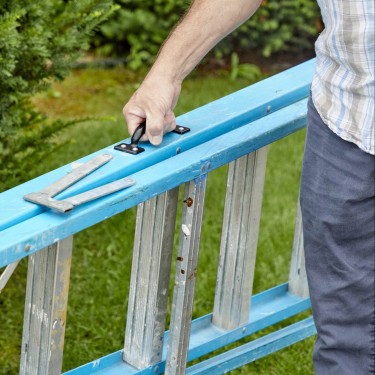From hauling mulch to picking the right type for your garden, this collection of tips and tricks will improve your yard.
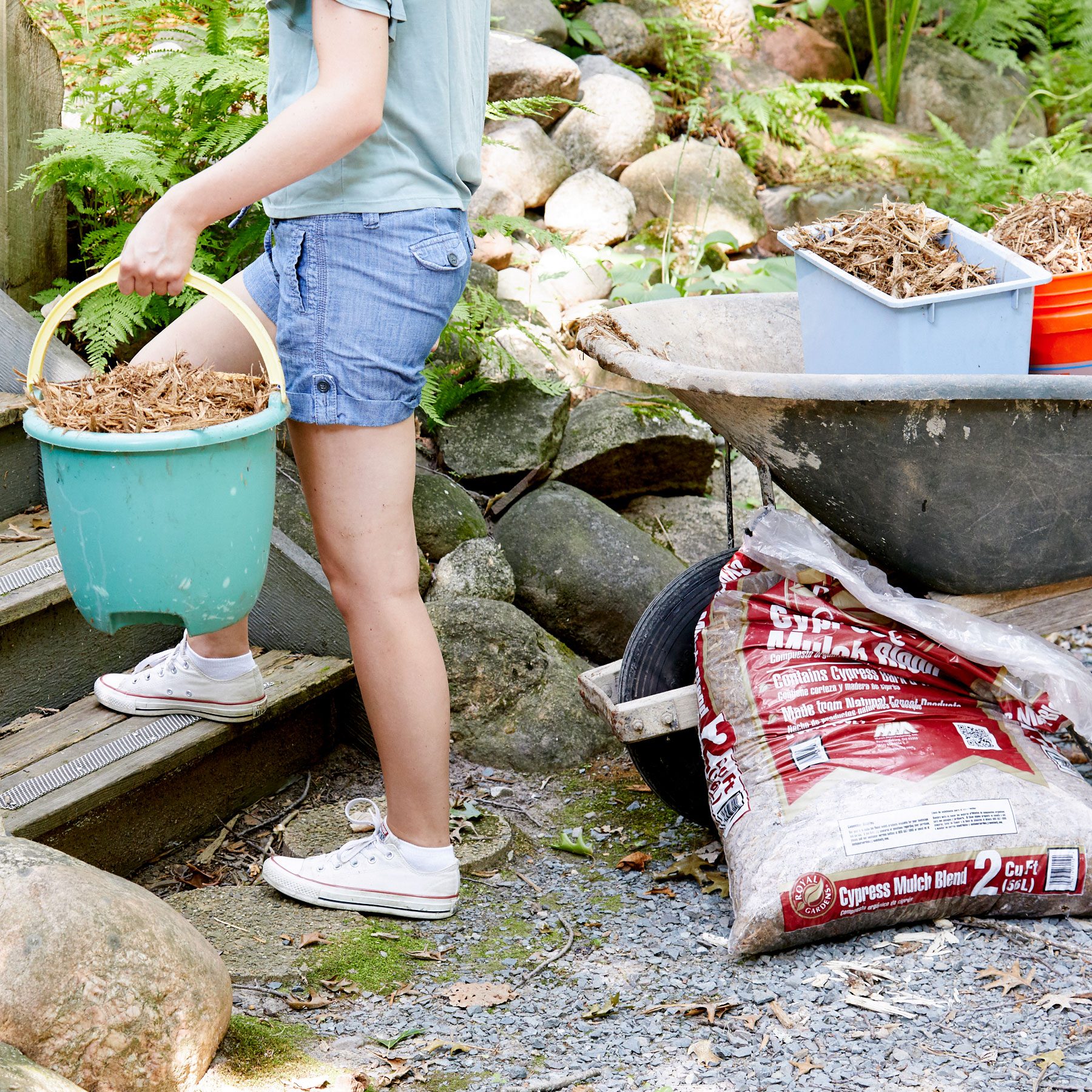
Easy Mulch Spreading
It’s easier to mulching around flowers and bushes in tight quarters if the mulch is in a small container. So I place buckets and pails in my wheelbarrow and fill them with mulch.
It doesn’t matter if the mulch misses the bucket and lands in the wheelbarrow. Once you’ve emptied the buckets, dump the contents of the wheelbarrow in an open area and spread it out. — Eric Swartz.
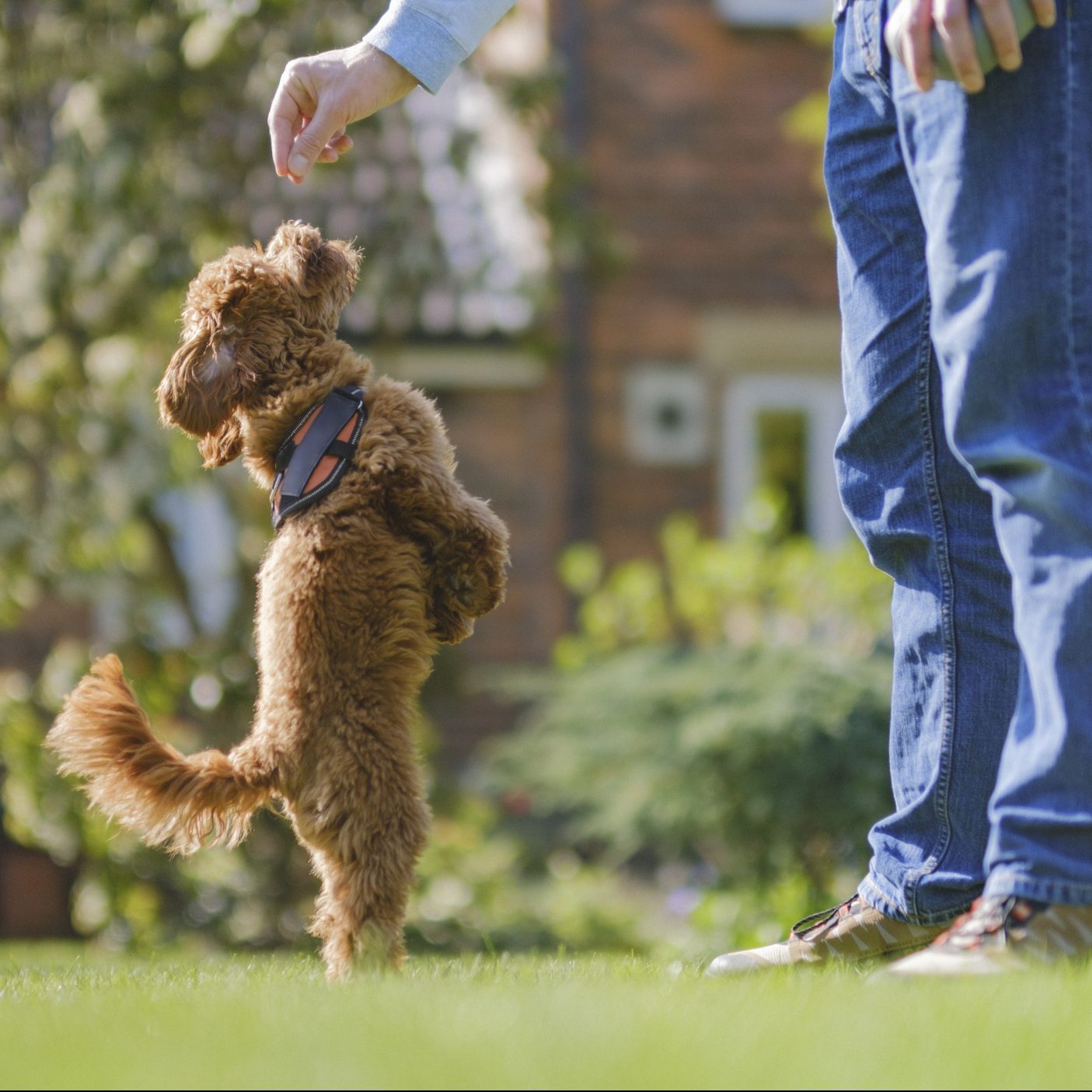
Train Your Dog
If you have a dog, try to spot-train him to use one area of the yard. Many pet owners spread mulch or gravel on part of the lawn for their dog to do their business. This will cut down on the urine spots in your yard.
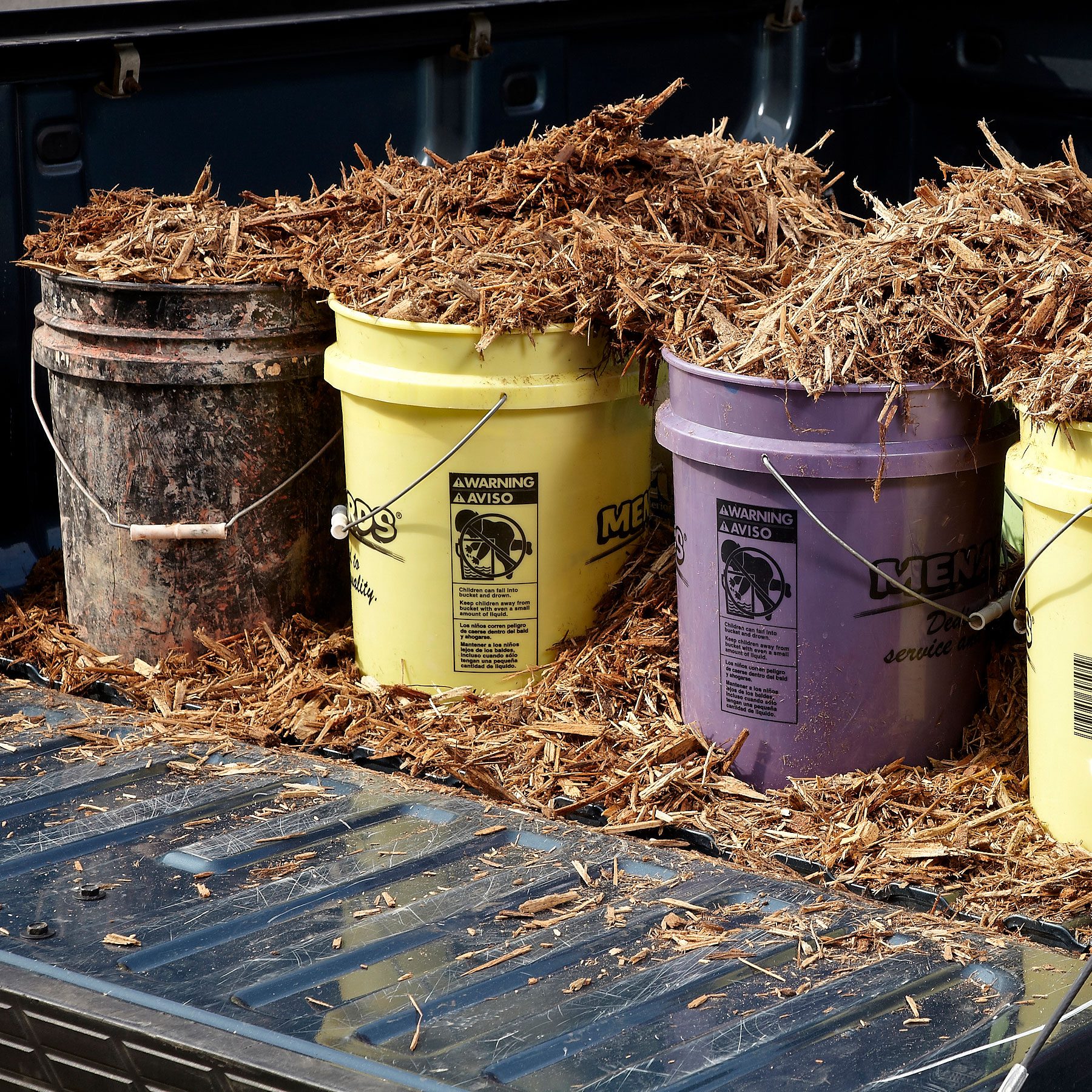
Easier Mulch Unloading
If you drive a pickup truck, the mulch you buy in bulk probably gets dumped into the bed with a front-end loader. You could shovel the mulch onto your driveway and haul it from there to where you needed it. But here’s a much easier method.
Load the pickup bed with five-gallon plastic buckets, then have the mulch dumped into the truck as usual. Use a rake to even out the load so every container is filled. When it’s time to unload, do it one bucket at a time and dump the mulch exactly where you want it. Store the buckets in the garage and use them throughout the year for all sorts of projects.
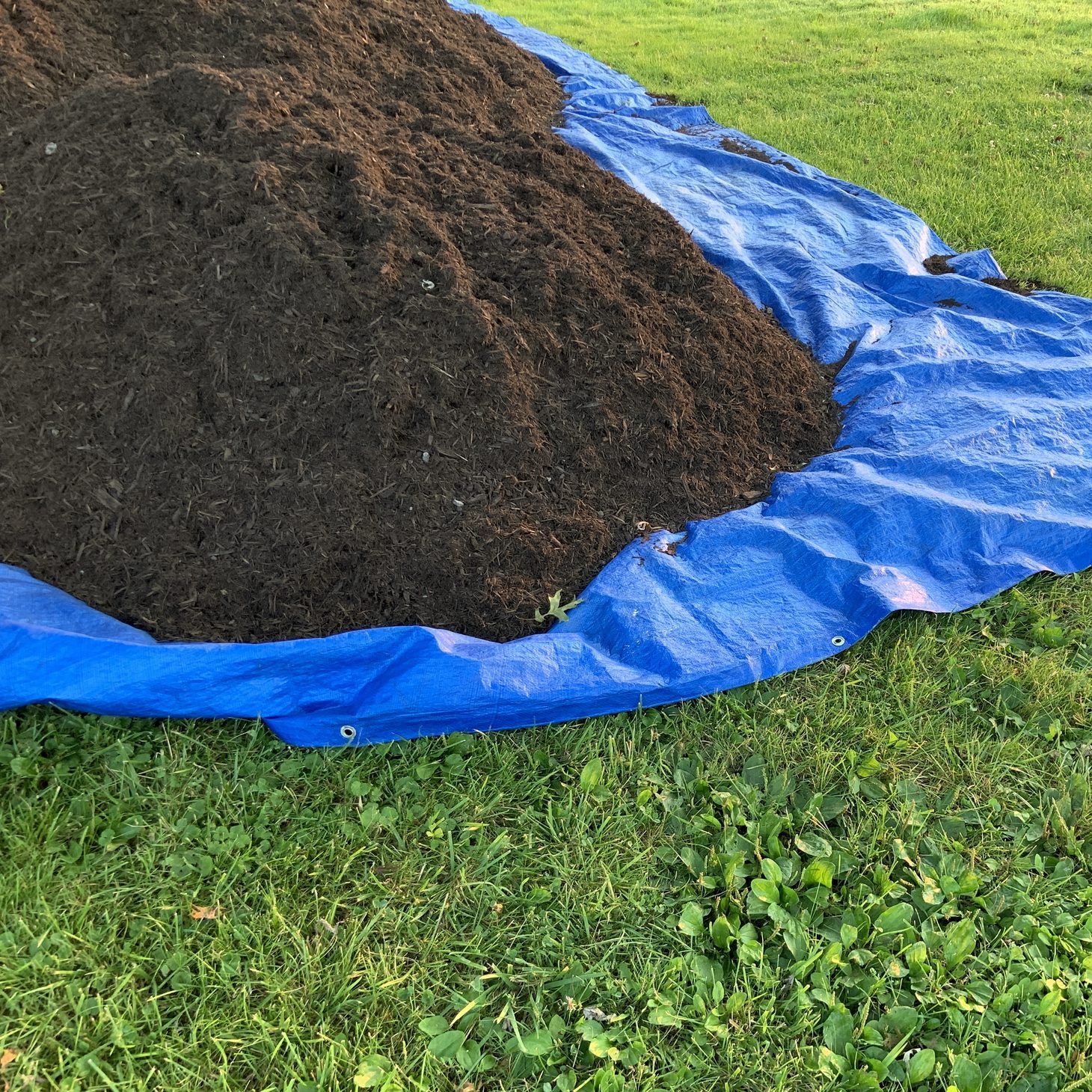
Invest in a Heavy Duty Tarp
Nothing is quite so useful in landscaping projects as a durable tarp. It’s excellent for moving mulch, leaves, weeds, soil and small rocks quickly and safely when working in the yard.
You can also use it to cover plants or landscaping materials on a truck bed when transporting them, or to protect projects from a fierce storm. Just don’t leave a tarp laying out on the lawn for too long or it will kill your grass.
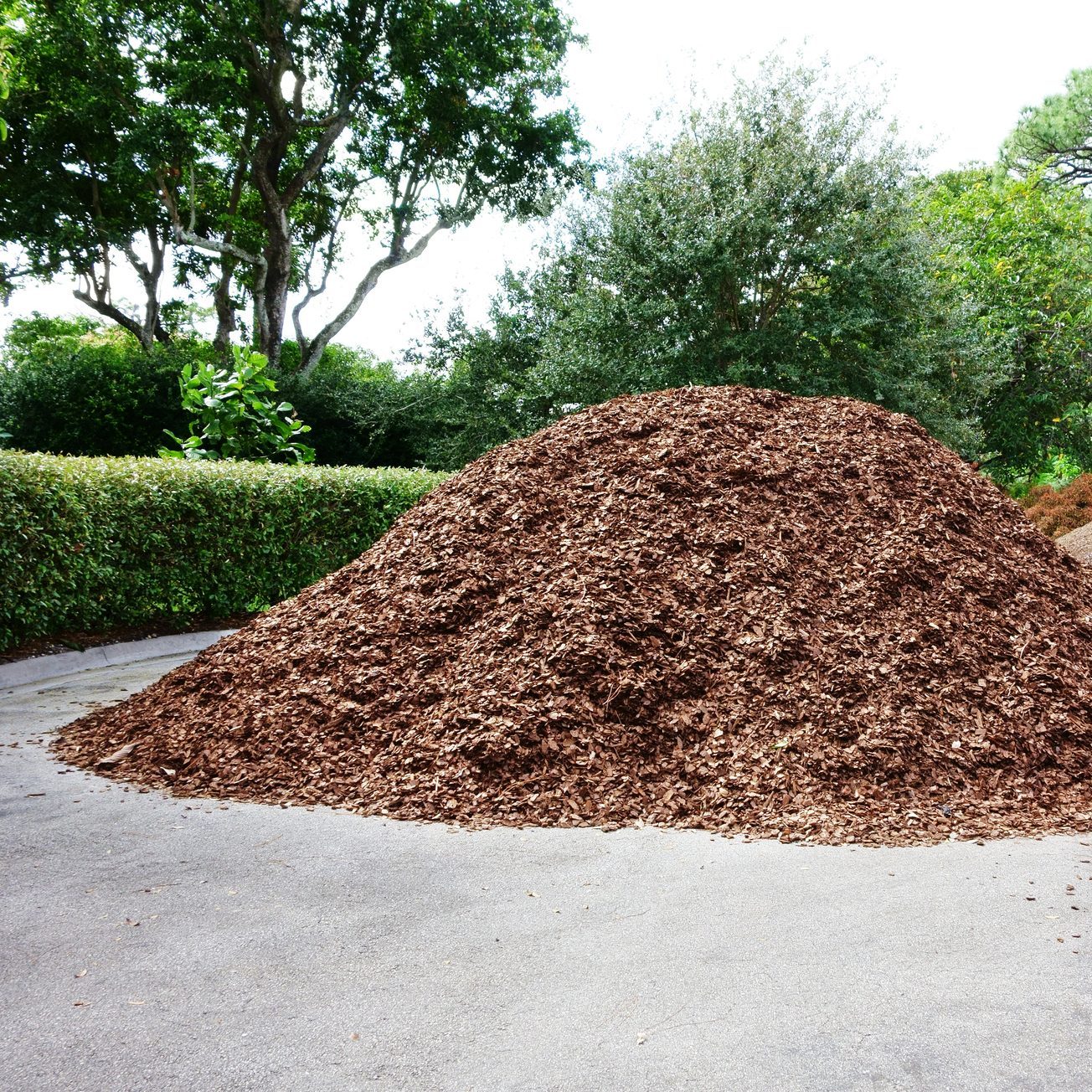
Keep Mulch Away From Your Home
While you can’t entirely prevent a termite infestation, avoiding keeping piles of wood or mulch around your home could help reduce the risk. For termites, it’s an easy trip from mulch to siding and internal wood. Don’t give them any “springboards” into your house.
Keep all piles at least 20 feet away from your home whenever possible. This is one of the quickest DIY termite control methods you can employ.
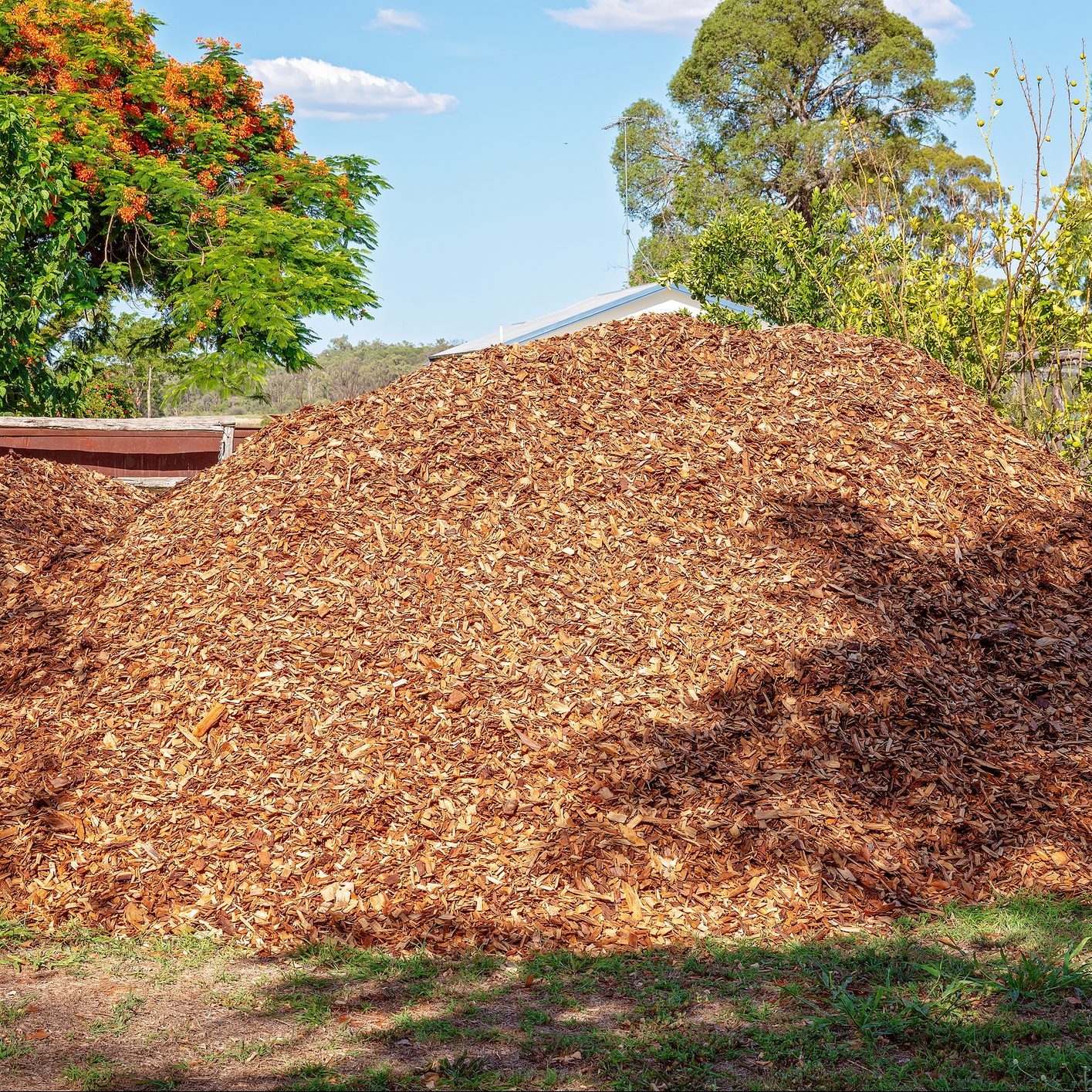
More Free Mulch
Store-bought mulch has its place — it looks great up close by the front door where you can see it — but it’s a money drainer.
Most municipalities offer free wood chips for the taking. If not, call a tree service in your area and ask if you can have some of theirs. Most will happily oblige. Some may even deliver it if they’re grinding a tree in your area. You can also save money gardening by buying mulch in bulk.
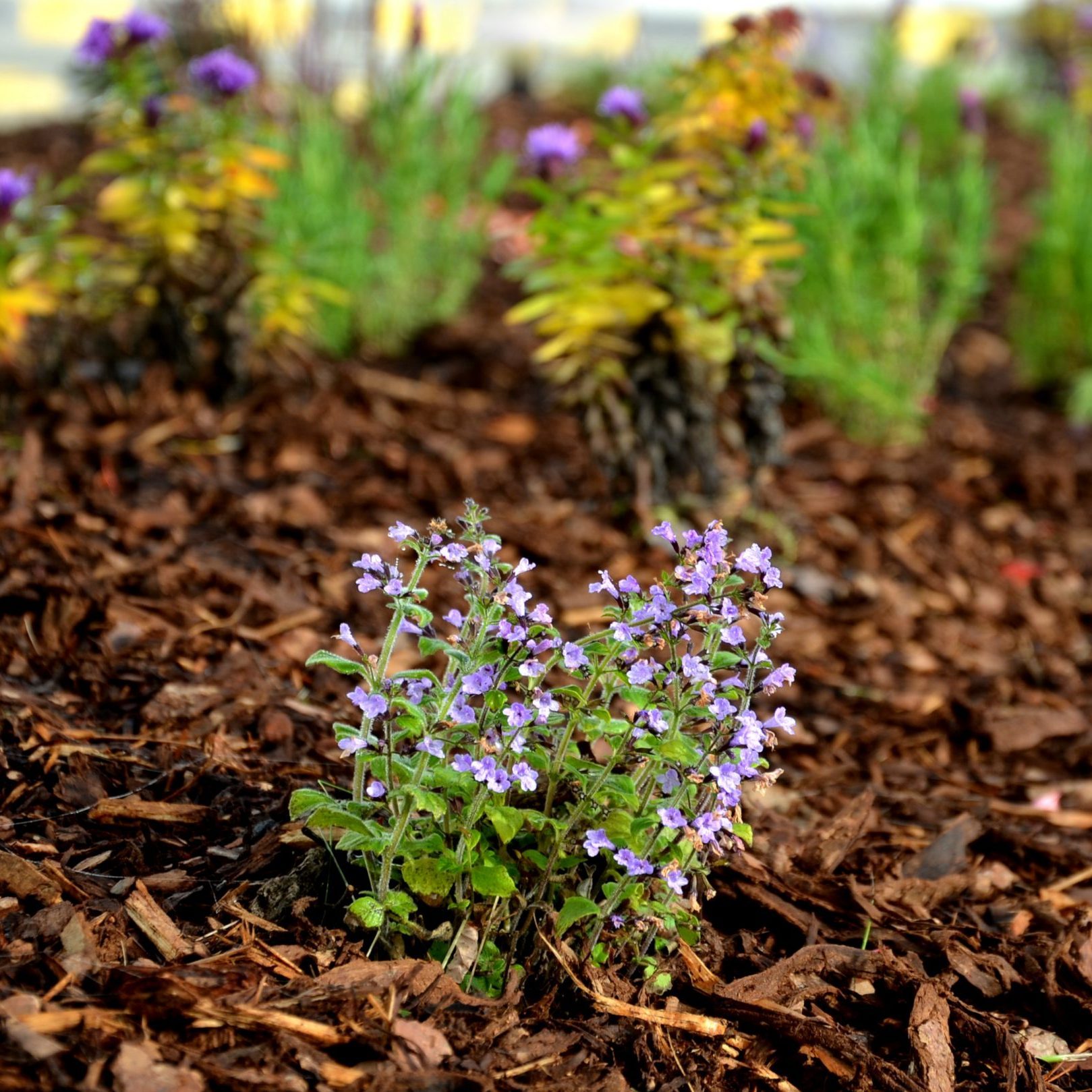
Spread Mulch to Protect Perennials
Spread mulch among your perennial flowers and plants. This will help insulate them against frigid temperatures and provide extra protection against hungry creatures.
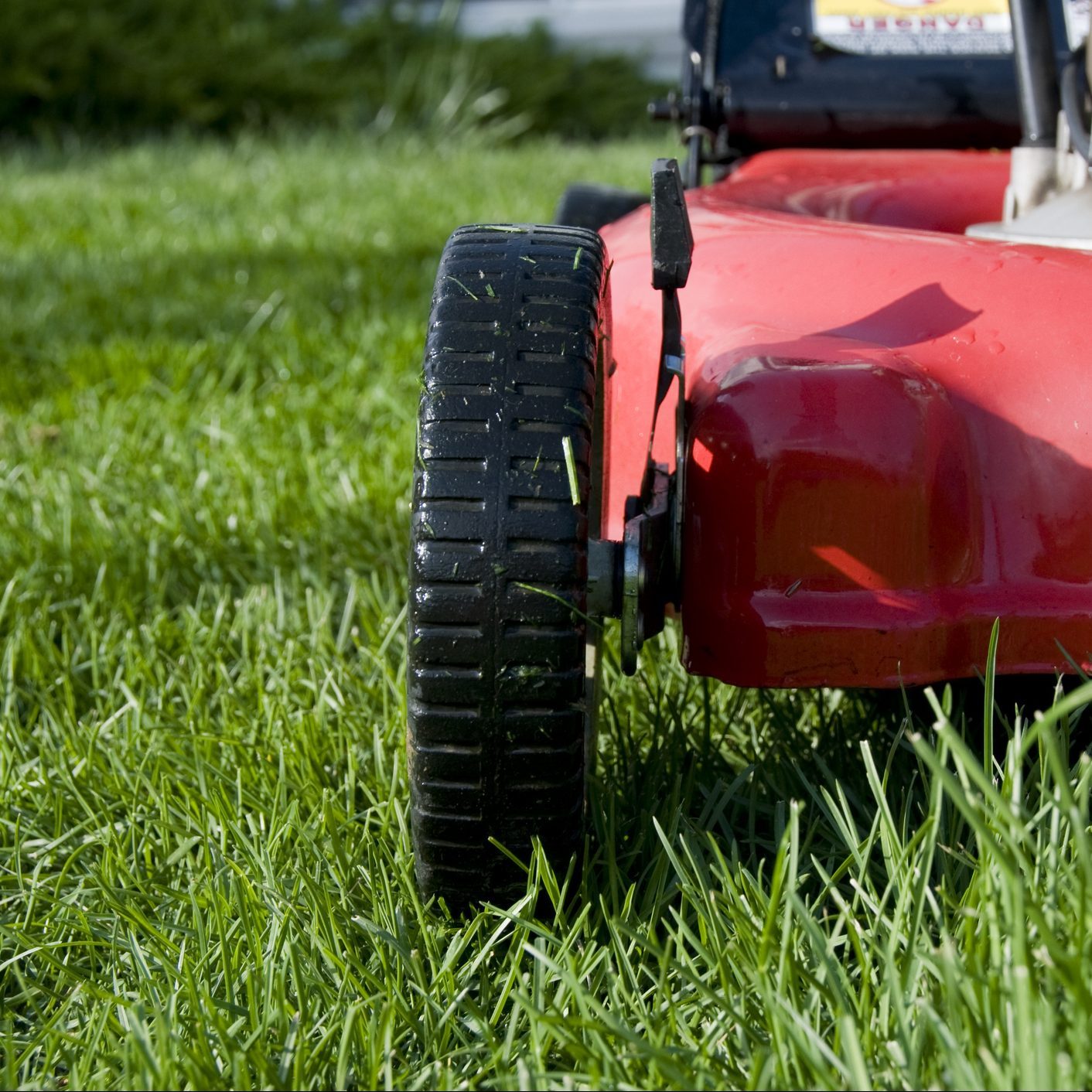
One Last Mulch
If your mower is compatible with a simple fall tool mulching attachment and leaves cover your lawn, think about a mulching session before the final cleanup. Your lawnmower can shred the leaves ahead of time for fast disposal or use in your garden. It’s the best of both worlds.
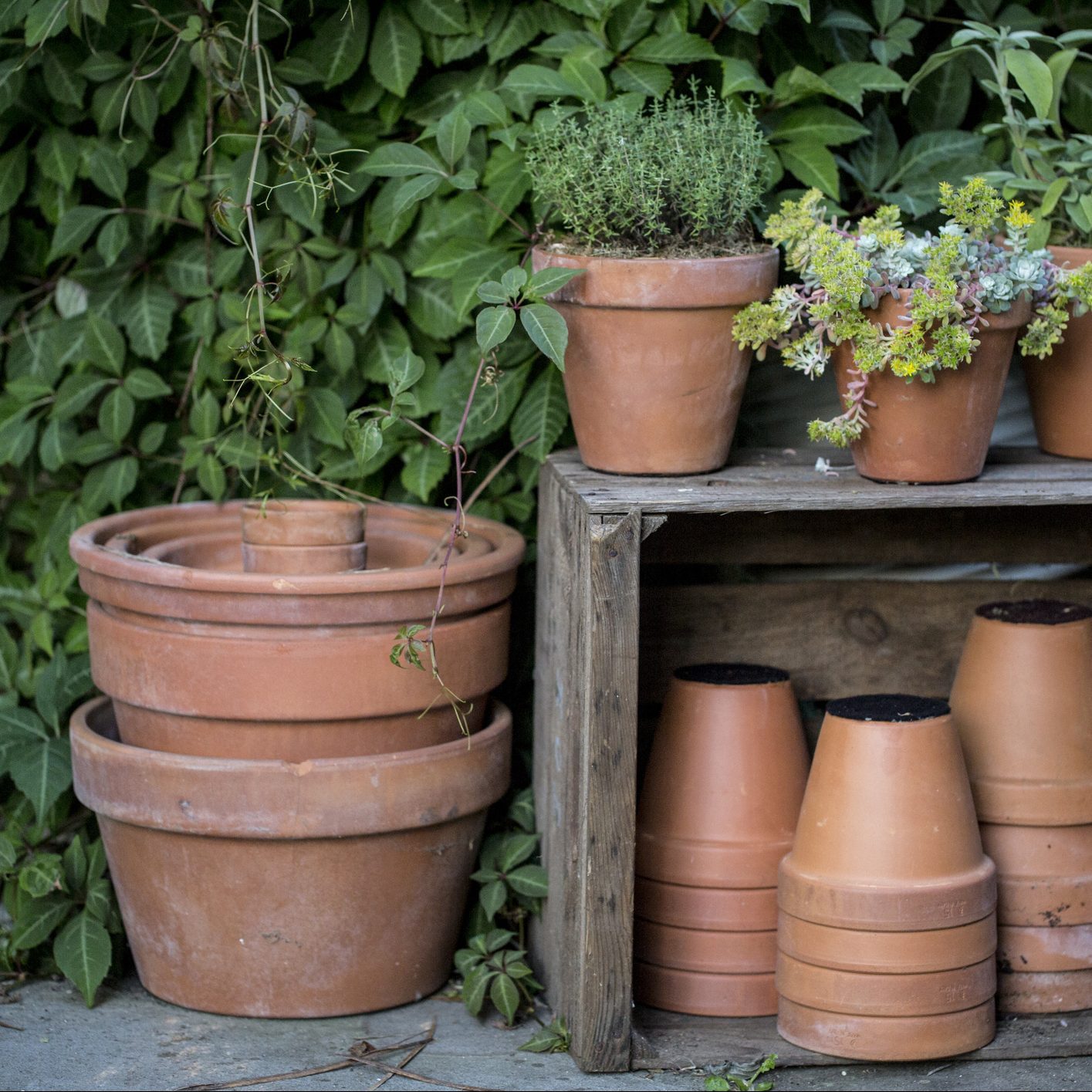
Put Your Old Containers to Work Again
Do you have old planters or baskets that no longer hold plants? Storing them is a good idea, but why not put them to work too? Put common shed goods in them — extra mulch or potting soil, bird seed, fertilizer, packets of garden seeds and more.
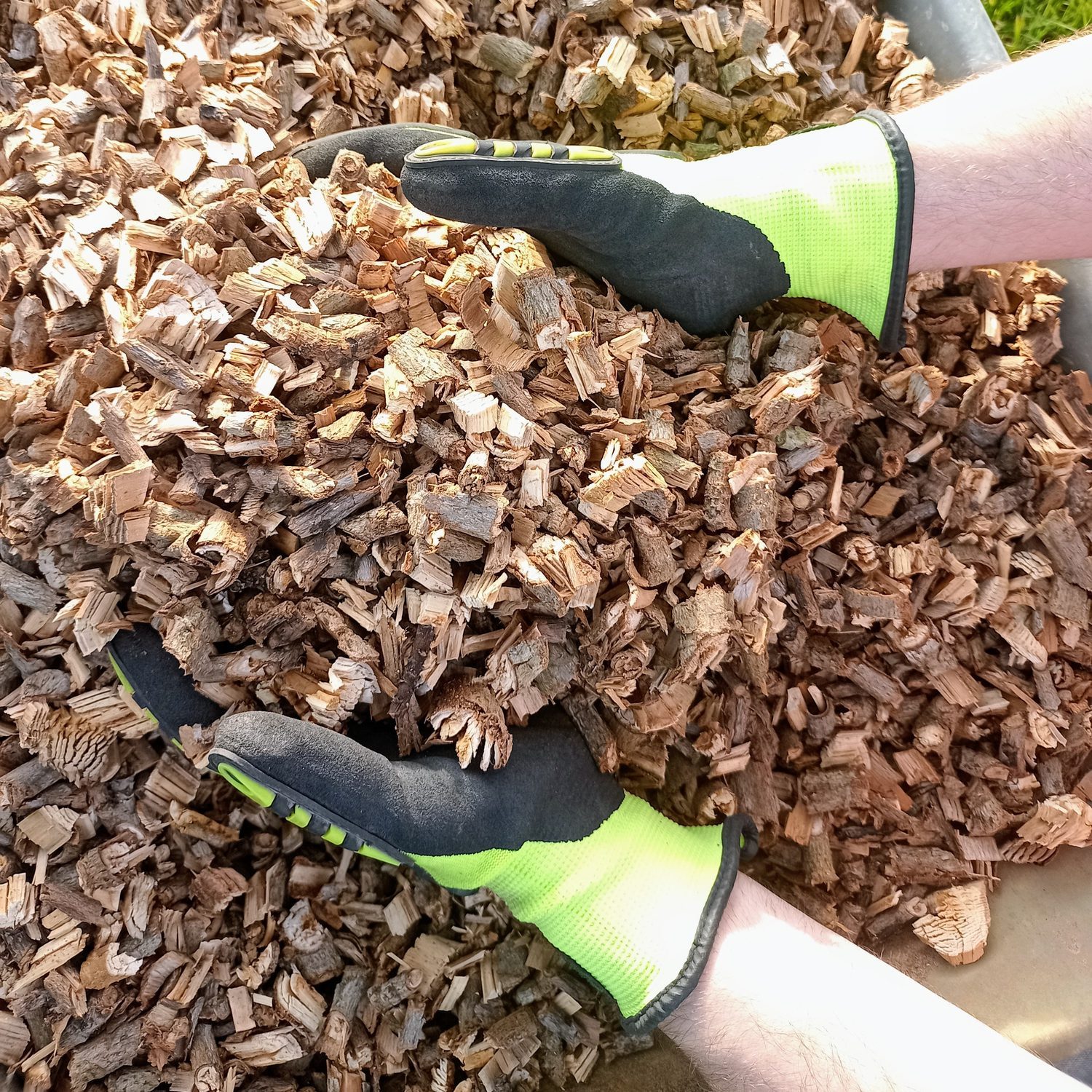
Get a Good Mulcher
If you mulch your grass, look for lawnmower features like special mulching blades or an aluminum or composite deck that resists grass buildup on the underside. If you prefer to bag your grass, make sure the bag goes on and off easily.
For the greatest versatility, look for a mower with a side discharge chute for when you’ve let your grass grow too long for mulching or bagging.
Some mowers have features like Toro’s Bag On Demand that simplify the changeover from bagging to mulching. Honda makes a mower with a feature called Versamow that mulches and bags at the same time, and adjusts the percentage of clippings that go into the bag.
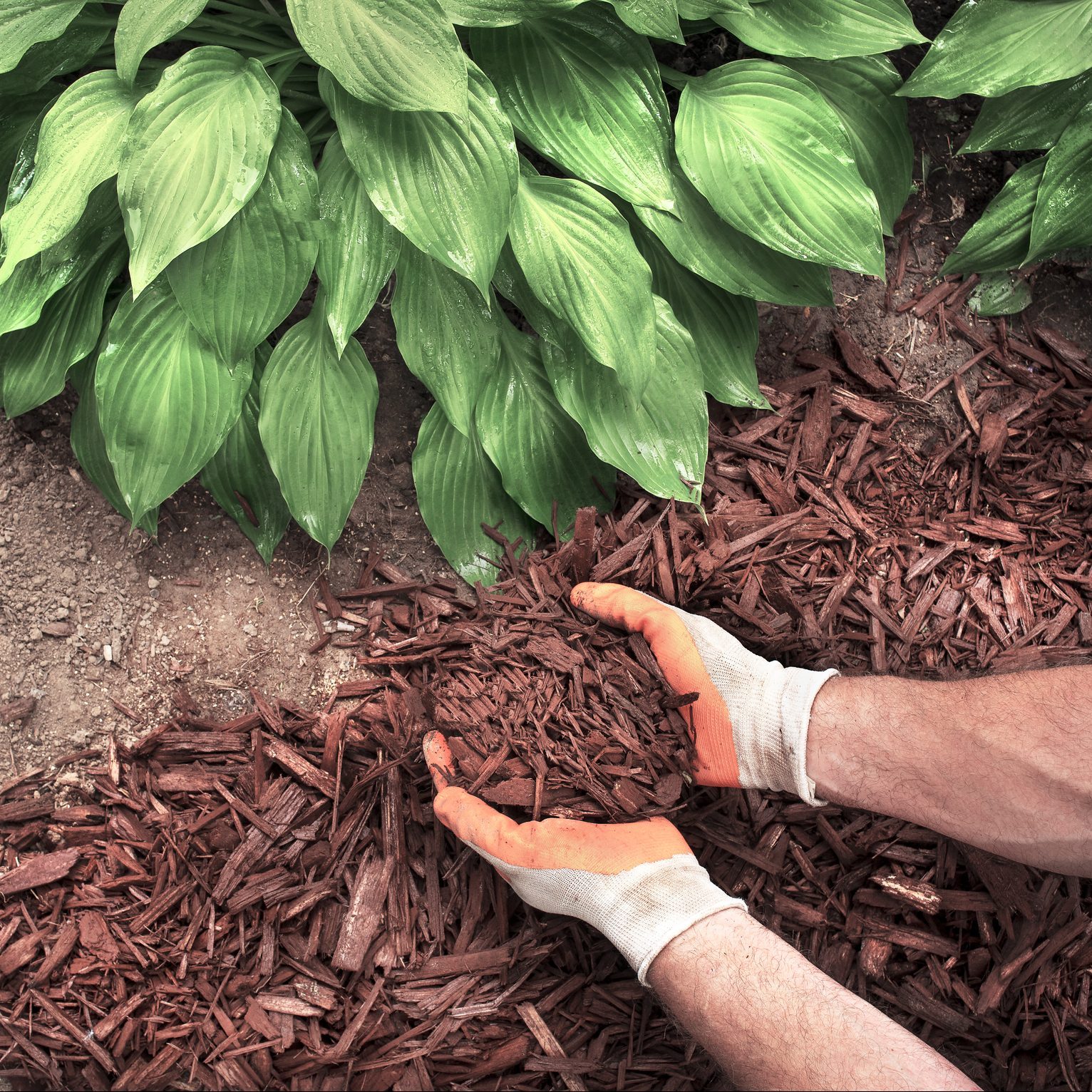
Mulch Wide, But Not Deep
Mulch holds moisture, moderates soil temperatures, reduces competition from grass and weeds and prevents lawn mowers and trimmers from nicking the trunk. Mulch also insulates the ground, keeping it cooler in the summer and warmer in the winter.
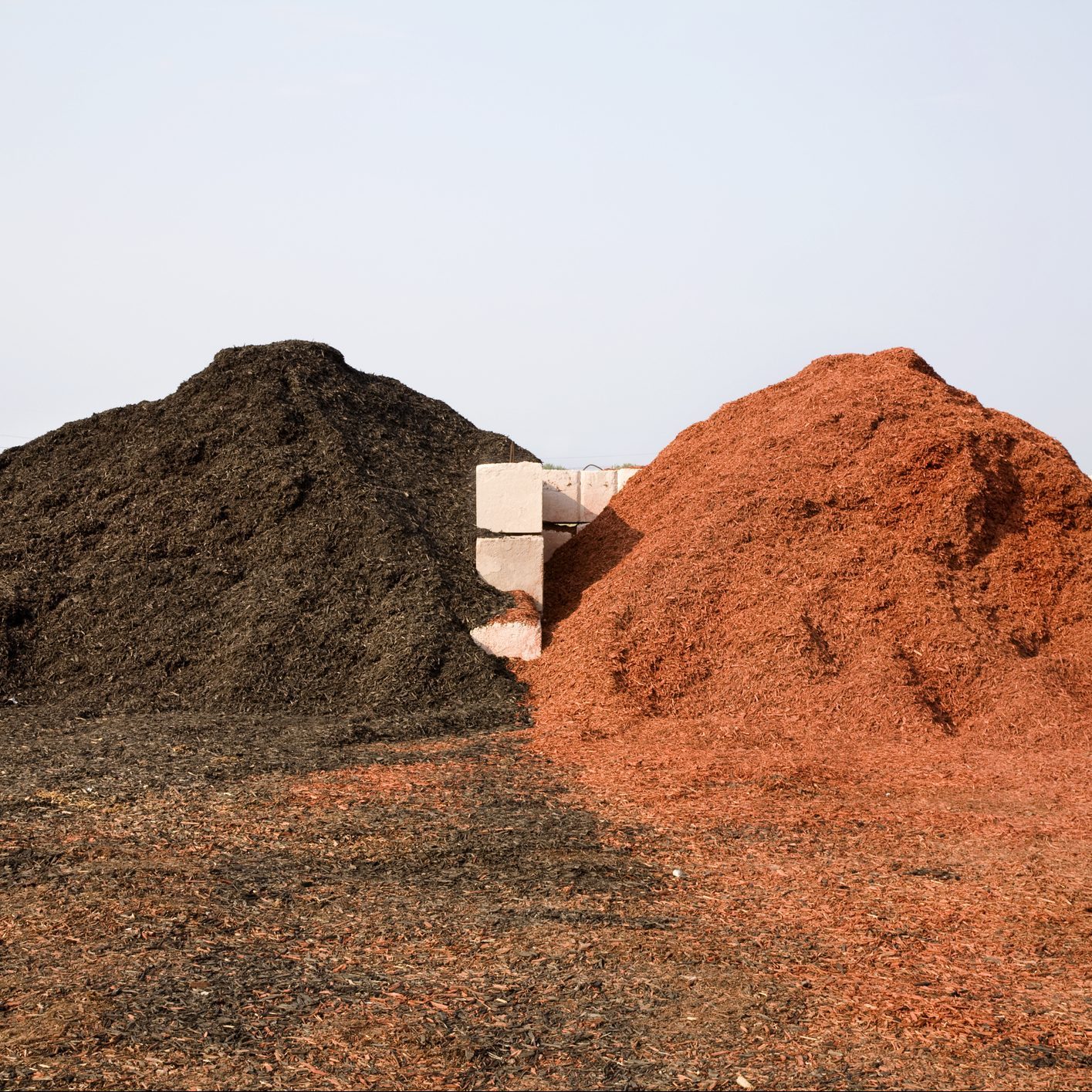
Which Mulch Keeps Its Color Longest?
Most natural organic mulches turn gray in about a year, depending on the amount of sunlight that hits them. However, if you want more color to accent your plants and flowers, buy custom-colored organic mulches. They’re processed with vegetable dyes in several colors. Expect the color to last for two to three years.
Bright colors like red might run during a hard rain, but the color should wash off nearby walks. Colored mulches also tend to have finer textures, a characteristic that helps them mat together and stay in place on slopes. Ask for colored mulch at your local nursery.
Stone mulches also come in various colors, depending on the rock types available. The colors won’t fade, but lighter-colored rock may need periodic cleaning to keep it looking fresh.
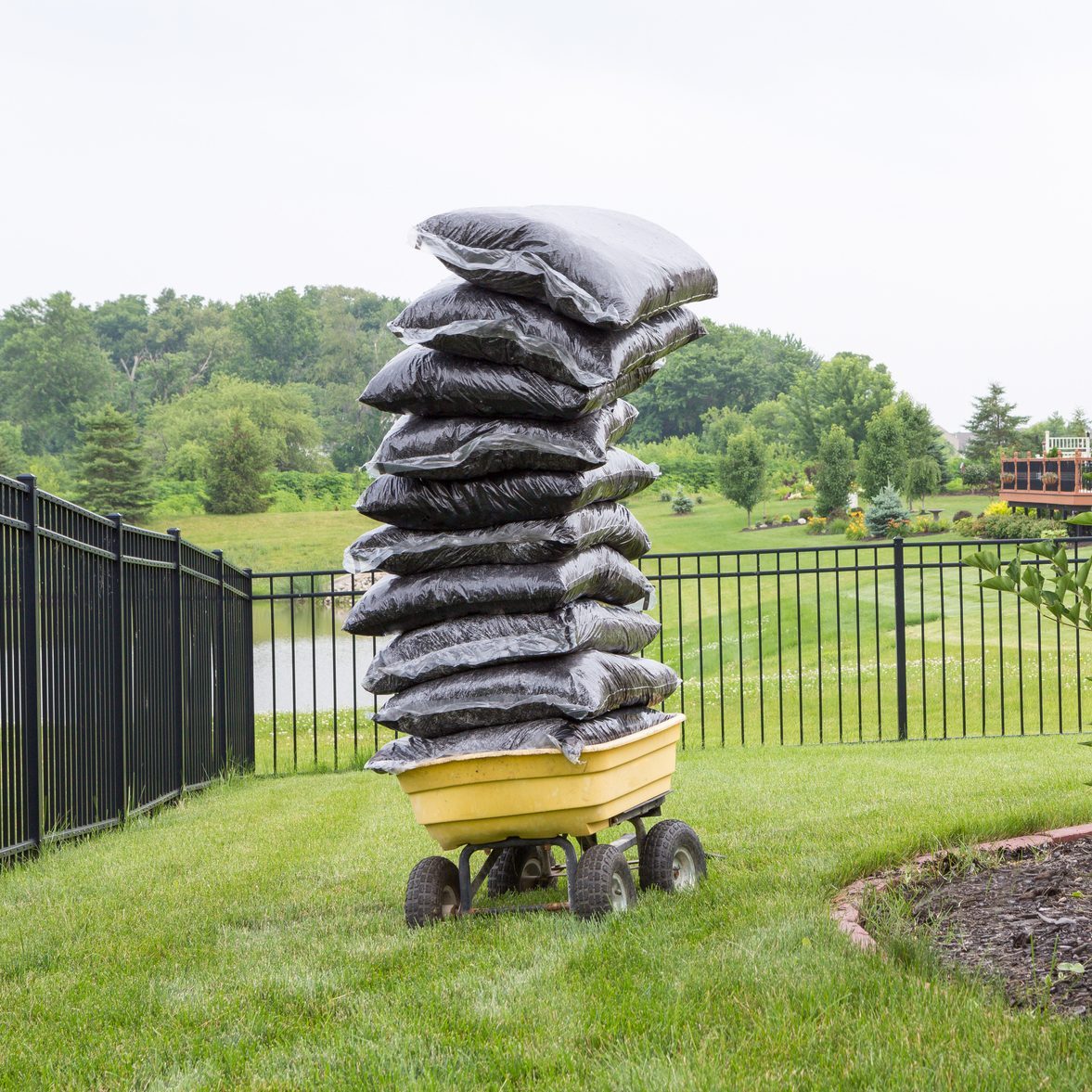
Calculating How Much Mulch You Need
You can easily calculate how much mulch you’ll need by multiplying the length and width of the garden bed (in feet) and dividing the result by three. This will give you the volume you need in cubic feet (cu. ft.) to cover a bed four inches deep. The volume of mulch in a bag will be printed on the label.
You’ll be surprised by how many bags you’ll need. A medium-size SUV can hold about a cubic yard (27 cu. ft.), or about 14 bags. When spread four inches deep, that much covers a bit more than a 7-ft. x 11-ft. rectangle. A big garden takes a lot. Consider delivery or bulk (dumped, not bagged) for large areas.


